Effective commercial lighting is crucial for enhancing productivity, safety, and ambiance in various business environments. From offices to retail stores, the right lighting solutions can significantly impact both employee performance and customer experience. Navigating the complexities of commercial lighting requires understanding the different types, design principles, and technological advancements.
In this definitive guide, we will explore everything you need to know about commercial lighting. We’ll cover essential topics such as selecting the right fixtures, optimizing energy efficiency, and adhering to health and safety standards. This comprehensive resource aims to equip you with the knowledge to make informed decisions for your commercial spaces. Let’s get into it!
Introduction to Commercial Lighting
Definition and Importance of Commercial Lighting
In our modern era, the importance of proper lighting transcends mere utility. It plays a pivotal role in enhancing environments, whether it’s our homes, workplaces, or public spaces. Making informed choices in this domain ensures that we strike the right balance between aesthetics, functionality, and efficiency. Proper lighting can transform spaces, affecting mood, productivity, and even safety.
Commercial lighting refers to any type of lighting system designed for and used in offices, stores, warehouses, and other commercial spaces. Its primary purpose is functional rather than aesthetic, but efficiency and cost-effectiveness are also crucial considerations. These systems are tailored to meet the specific needs of commercial environments, focusing on optimal illumination, energy savings, and durability.
Objectives of Commercial Lighting
The paramount goal of commercial lighting extends beyond mere illumination. It’s about creating an environment that maximizes return on investment (ROI). A well-planned lighting system can boost both tangible and intangible returns for a business. Here’s what an efficient commercial lighting solution should aim to achieve:
- Productivity Boost: Adequate lighting can significantly improve the performance and efficiency of employees. Properly lit environments reduce eye strain, minimize errors, and enhance overall workplace morale.
- Welcoming Ambiance: The right lighting ensures visitors, clients, or customers feel comfortable and welcomed within your premises. It can set the tone and atmosphere, influencing customer behavior and satisfaction.
- Seamless Transition: Lighting should facilitate smooth navigation between different sections of your business space. Well-placed lights help guide movement, reduce accidents, and ensure that all areas are adequately illuminated.
- Energy Efficiency: Optimal lighting shouldn’t compromise energy conservation. It’s essential to find solutions that illuminate effectively while also being energy-conscious. Energy-efficient lighting reduces operational costs and supports sustainability initiatives.
- Natural Light Integration: Modern commercial lighting should harmonize with natural light sources, such as sunlight, to create a balanced, pleasant environment. This not only enhances the visual appeal but also supports the well-being of occupants by providing a connection to the natural world.
Scope and Applications of Commercial Lighting
Types of Commercial Lighting
Commercial lighting encompasses various illumination needs for a range of businesses and spaces. This includes offices, retail stores, educational institutions, healthcare facilities, hospitality venues, and warehouses. Each of these environments has unique lighting requirements:
- Offices: Require balanced lighting to reduce glare on screens and ensure comfortable visibility throughout the workspace.
- Retail Stores: Need bright, inviting lights that enhance product displays and create an appealing shopping environment.
- Educational Institutions: Must have lighting that supports learning, reduces eye strain, and creates a welcoming atmosphere.
- Healthcare Facilities: Require clear, bright lighting for medical procedures, as well as softer lighting for patient rooms to promote relaxation.
- Hospitality Venues: Use lighting to create ambiance, enhance décor, and ensure guest comfort.
Warehouses: Need robust, high-intensity lighting to ensure safety and efficiency in large, often dimly lit spaces.
Differences Between Commercial, Industrial, and Residential Lighting
While commercial lighting focuses on functionality, efficiency, and cost-effectiveness, industrial lighting is purely functional, and designed to withstand harsh conditions. Industrial lighting systems are built to endure extreme temperatures, vibrations, and other challenging environments often found in manufacturing and processing plants.
Residential lighting, on the other hand, emphasizes aesthetics and usability. Home lighting solutions are often chosen for their design, color temperature, and the ability to create a cozy, inviting atmosphere. Residential lighting typically involves lower light levels compared to commercial and industrial settings and often incorporates dimmable features for mood settings.
Key Applications in Various Sectors
Different sectors have unique lighting requirements. For instance:
- Retail: Bright, inviting lights that enhance product displays and create a shopping environment that encourages purchasing.
- Office: Balanced lighting that reduces glare and eye strain, supporting employee productivity and comfort.
Hospitality: Ambient lighting that creates a welcoming atmosphere, enhancing the overall guest experience. - Healthcare: Bright, clear lighting that facilitates medical procedures and examinations while also ensuring patient comfort.
- Education: Lighting that supports focus and reduces eye strain, creating an optimal learning environment.
- Industrial: High-intensity lighting that ensures safety and visibility in large, demanding environments such as warehouses and factories.
Designing and Planning Commercial Lighting
Principles of Commercial Lighting Design
Effective lighting is integral to creating an environment conducive to productivity, comfort, and a positive work atmosphere. The lighting scheme should be tailored to the specific activities conducted within, ensuring adequate lux levels and energy efficiency. Optimal lighting can foster better communication, elevate mood, and enhance the overall ambiance of a workspace.
Lighting Layout and Arrangement
A crucial aspect to consider is illuminance—the measure of light falling on a surface. Both under-lighting and over-lighting can compromise productivity. Professionals can turn to resources like the IESNA lighting handbook, which provides guidelines tailored to diverse commercial needs. Key concepts include:
- Foot Candle (FC) or Lux: A unit to measure illuminance. 1FC equates to the light cast on a square foot surface by 1 lumen, positioned 1ft away. For context, 10 lux approximates 1FC, translating to about 400 lux for a well-lit office environment.
- Lighting Power Density (LPD): Refers to the amount of lighting used per building area unit, typically measured in watts per square foot in the USA. Standards set in the IESNA lighting handbook offer guidance on achieving optimal LPD levels, ensuring energy efficiency.
- Kelvins and Temperature: Determines the ambiance a light emits. Color temperature is crucial for setting the right mood and functional environment.
Considerations for Optimal Lighting Design
When designing commercial lighting, consider the following:
- Light Distribution: Understanding the light distribution capabilities of the fixtures. Surface-mounted fixtures frequently offer a myriad of options that empower users to manipulate light dispersion effectively. A narrower beam angle yields focused, pinpointed lighting, while a broader angle facilitates a more expansive light spread. Additionally, certain mounts have the provision to direct the light fixtures upwards or downwards using reflectors or diffuse the light through louvers, creating a softer ambient glow.
- Performance Customization: Modern lighting systems offer customization, such as dimmers. Incorporating dimmers with surface mounts offers granular control over brightness, enhancing both the utility and ambiance of a space. Dimming capabilities can also be leveraged to reduce light intensity during daylight hours, leading to considerable energy savings.
- Aesthetic Harmony: The design and finish of fixtures and mounts should blend with existing architectural and interior motifs. The choice of material also plays a pivotal role. Aluminum, being lightweight yet sturdy, remains a favored choice. Its adaptability to paint makes it a versatile option, especially for those envisioning periodic aesthetic shifts without extensive overhauls. While aluminum is more budget-friendly and adaptable, premium materials like brass and steel offer a distinct luxurious appeal but generally come at a higher cost.
Selecting the Right Commercial Lighting
Selecting the right light fixtures and mounts for commercial settings requires a detailed analysis of both functional and aesthetic factors. Depending on the nature and objectives of your lighting project, the following considerations are paramount:
- Light Distribution: Prioritize understanding of the light distribution capabilities of the fixtures. Surface-mounted fixtures frequently offer a myriad of options that empower users to manipulate light dispersion effectively. For instance, some mounts grant the freedom to define the desired beam angle. A narrower beam angle yields focused, pinpointed lighting, while a broader angle facilitates a more expansive light spread. Additionally, certain mounts have the provision to direct the light fixtures upwards or downwards using reflectors or diffuse the light through louvers, creating a softer ambient glow.
- Performance Customization: Collaborating with a lighting professional will aid in discerning the most suitable fixture and mount for your endeavor. It’s essential to recognize that modern lighting systems offer customization. Incorporating dimmers with surface mounts, for instance, offers granular control over brightness, enhancing both the utility and ambiance of a space. Dimming capabilities can also be leveraged to reduce light intensity during daylight hours, leading to considerable energy savings. Remember, the performance of your chosen fixtures and mounts can significantly influence the color ambiance of the intended area, thus making it a crucial factor in your decision-making process.
- Aesthetic Harmony: While functional parameters are undeniably crucial, the aesthetic appeal of fixtures and mounts should not be overlooked. The design and finish of these components should seamlessly blend with the existing architectural and interior motifs. Popular finishes encompass painted, powder-coated, and metal-plated variants. The choice of material also plays a pivotal role. Aluminum, being lightweight yet sturdy, remains a favored choice. Its adaptability to paint makes it a versatile option, especially for those envisioning periodic aesthetic shifts without extensive overhauls. While aluminum is more budget-friendly and adaptable, premium materials like brass and steel offer a distinct luxurious appeal but generally come at a higher cost.
Types of Commercial Lighting Fixtures
There are different types of commercial lighting fixtures, each with varying levels of efficiency and functionality:
- Incandescent Lighting: Provides warm light but is not energy-efficient. These bulbs light up instantly, needing no time to warm up and provide a warm white light. Though incandescent bulbs are the cheapest to purchase, over time they are more expensive to operate due to their inefficiency and short life. They are also much less bright than newer bulb types, providing about 10 to 17 lumens per watt. The average lifespan for incandescent bulbs is 750 to 2,500 hours. Incandescent lighting will most likely be obsolete within the next few years as newer and more efficient technologies continue to develop.
- Compact Fluorescent Lighting (CFL): More energy-efficient but contains toxic mercury. Compact fluorescent lighting is becoming increasingly popular in a variety of places including residences, businesses, greenhouses, and livestock and poultry houses. This form of lighting comes in a variety of lamp types, making it extremely versatile. Compact fluorescents are available in magnetic and electronic ballasts. While magnetic ballasts need a short amount of time to reach full brightness, electronic ballasts light to full brightness immediately. With an efficacy of 30 to 100 lumens per watt, compact fluorescent bulbs normally last 7,000 to 24,000 hours depending on bulb type. When purchasing compact fluorescents, it is important to check the temperature range on the packaging or through the seller because some bulbs are only appropriate within specific ranges. If you are looking for a type of lighting that can be used in hard-to-reach places and be on for a long period of time, compact fluorescents are the most cost-effective and efficient option.
- Metal Halide Lighting: Produces a crisp, white light ideal for large spaces. Metal halide bulbs produce a crisp, white light that makes them ideal for commercial and residential applications including grow lights and athletic fields. Metal halides are recommended as grow lights in areas where no natural lighting is present and also work well when starting seeds. They are ideal for lighting large indoor or outdoor areas. With a lifespan of 5,000 to 20,000 hours, metal halides generally produce 70 to 115 lumens per watt.
- High-Pressure Sodium (HPS) Lighting: Common for outdoor use but less energy-efficient than LEDs. High-pressure sodium lighting is ideal for parking lots, security lighting, illuminating roads, and highway lighting. If you want to use HPS lights for growing, it is recommended that they are used as supplemental lighting where some natural light is already present. High-pressure sodium lamps should be used when seeds have already been planted to promote budding and flowering. Producing a warm white light, HPS lights have a lifespan of 16,000 to 24,000 hours and produce about 50 to 140 lumens per watt.
- LED Lighting: Highly energy-efficient and long-lasting. Compared to fluorescent lighting, LED lights are far more energy-efficient and long-lasting. They are a modern alternative to fluorescent and have more features like color-changing, dimmable, programmable, and more. LED lights are made up of light-emitting diodes (LEDs) that produce light when electricity is passed through. This means that they light up instantly on the flick of a switch while other lighting types, like fluorescent, take time to warm up. Due to the advancements in technology, LED bulbs can be up to 80% more efficient than fluorescent and last for an extra 10,000 hours, which means they cost far less to run and have less of an impact on the environment. They are also safer to dispose of as they don’t contain harmful substances.
Comparing Commercial Lighting Solutions
In the vast spectrum of lighting options, LEDs stand out for their energy efficiency, durability, and versatility. Here’s how they compare to traditional lighting systems like incandescent, fluorescent, and HPS lights:
- Energy Efficiency: LEDs consume approximately 50% less energy than their fluorescent and halogen counterparts. This is especially beneficial for spaces where lighting is operational for extended durations, leading to substantial energy savings.
- Durability and Lifespan: Unlike traditional bulbs that can suddenly burn out, LEDs exhibit a gradual decline in luminance over time. This ensures they serve a prolonged operational life, reducing replacement frequency. LED lights have an expected lifespan of 50,000 hours. So if they’re used for 10 hours a day, as you may expect in a commercial setting, then you should get almost 14 years of use per bulb.
- Operational Robustness: LEDs are remarkably resilient to rapid cycling. They are optimal for applications like flashing light displays and can seamlessly integrate with daylight sensors, ensuring consistent illumination regardless of external conditions.
- Adaptive Control: LEDs grant users unparalleled control, facilitating adjustments in brightness based on situational requirements. Whether it’s mood lighting or task-centric illumination, LEDs deliver with precision.
Luminance Over Wattage: One striking feature of LEDs is their ability to emit exceptionally high brightness levels, even at lower wattages. Consequently, while transitioning to LED systems, it’s more pragmatic to focus on lumens (a measure of light emitted) rather than wattage to gauge brightness effectively. - Versatile Color Spectrum: LEDs usher in a new era of color options, presenting an extensive array of hues and color temperatures. This vast palette can be accessed without the need for external filters or gels, providing designers and users with unparalleled creative freedom.
Recommended Commercial Lighting Fixtures
- LED Lighting Strips: Ideal for linear lighting and strip tape solutions. These can be used in a variety of commercial applications, from accent lighting in retail environments to task lighting in offices.
- Spotlights and Downlights: Perfect for highlighting products or creating ambiance. Ideal for use in retail spaces, such as for displaying products, or equally at home in a gallery. These focused LED lighting fixtures can subtly blend into a space and highlight the important items in a room.
- Emergency Lighting: Essential for any commercial building. Emergency lighting systems ensure that buildings are safe during power outages, providing necessary illumination for safe evacuation.
Health and Safety Standards
Health and Safety Requirements for Commercial Lighting
All types of lighting need to adhere to health and safety standards. In the US, commercial lights must meet energy codes set by the International Energy Conservation Code (IECC), the National Electric Code (NEC), the Occupational Safety and Health Administration (OSHA), and the American Society of Heating, Refrigerating, and Air-Conditioning Engineers (ASHRAE).
Ensuring Compliance with Industry Standards
Businesses must ensure their lighting systems meet local and national legislation. For instance, California requires commercial lighting systems to have controls such as sensors, timers, and dimming systems to conserve energy. Ensuring compliance with these standards not only avoids legal penalties but also enhances energy efficiency and workplace safety.
Energy Efficiency and Sustainability
Importance of Energy-Efficient Commercial Lighting
Energy-efficient lighting is crucial for reducing operational costs and minimizing environmental impact. LED lights, with their superior energy efficiency, play a significant role in achieving these goals. Using energy-efficient lighting solutions supports sustainability initiatives and can contribute to achieving green building certifications.
Strategies for Reducing Energy Consumption
- Use of LED Technology: LEDs consume significantly less energy than traditional bulbs.
- Smart Lighting Solutions: Automated systems with sensors and timers ensure that lights are only used when needed, reducing energy waste.
- Regular Maintenance: Ensures optimal performance and longevity of lighting systems. Regularly cleaning and maintaining lighting fixtures can prevent loss of efficiency due to dirt and wear.
Sustainability Trends in Commercial Lighting
The push towards sustainability has led to innovations in commercial lighting, such as human-centric lighting and smart lighting solutions that adapt to natural light and occupancy levels. These advancements not only enhance energy efficiency but also improve the quality of light, contributing to occupant well-being.
- Smart Lighting Solutions: Integration with IoT and AI for adaptive lighting systems. Smart lighting systems can adjust brightness and color temperature based on occupancy, time of day, and natural light levels, providing optimal lighting conditions while saving energy.
- Human-Centric Lighting: Focuses on the well-being and productivity of occupants. This approach tailors lighting to the natural rhythms and needs of people, enhancing comfort, productivity, and well-being.
자주 묻는 질문
Q: What are the primary benefits of using LED lighting for commercial spaces?
A: LED lighting offers significant energy savings, a long lifespan, and low maintenance. They provide instant illumination and are environmentally friendly due to the absence of harmful substances like mercury.
Q: How can I improve the energy efficiency of my commercial lighting system?
A: To improve energy efficiency, use LED lighting, implement smart lighting solutions with sensors and timers, and regularly maintain your fixtures to ensure optimal performance.
Q: What is the difference between commercial and industrial lighting?
A: Commercial lighting is designed for environments like offices and retail stores, focusing on aesthetics and efficiency. Industrial lighting is built for durability and functionality in harsh conditions like factories and warehouses.
Q: How do I choose the right commercial lighting fixtures for my business?
A: Consider factors like light distribution, energy efficiency, and aesthetic appeal. It’s also important to choose fixtures that match the specific needs of your space, such as spotlights for retail or high bay lights for warehouses.
Q: Are there specific health and safety standards for commercial lighting?
A: Yes, commercial lighting must comply with standards set by organizations like the IECC, NEC, OSHA, and ASHRAE. These regulations ensure safety, energy efficiency, and proper lighting conditions.
Q: What is human-centric lighting, and how does it benefit commercial spaces?
A: Human-centric lighting mimics natural light patterns to support circadian rhythms, enhancing mood, productivity, and well-being. It’s particularly beneficial in environments where natural light is limited.
Q: Why is color temperature important in commercial lighting?
A: Color temperature affects the ambiance and functionality of a space. For example, warm light (2700-3000K) creates a cozy atmosphere, while cool light (4000-5000K) enhances alertness and visibility.
Q: How can I ensure my commercial lighting system is environmentally friendly?
A: Opt for LED lighting, which is energy-efficient and free of harmful substances. Implementing smart lighting controls and regular maintenance also helps reduce environmental impact.
Q: What are the latest trends in commercial lighting technology?
A: Emerging trends include smart lighting solutions, integration with IoT and AI for adaptive lighting, and human-centric lighting designs that support occupant well-being.
Q: Can I retrofit my existing commercial lighting system with LEDs?
A: Yes, retrofitting with LEDs is a cost-effective way to upgrade your lighting system. LEDs are compatible with most existing fixtures and provide significant energy and maintenance savings.
결론
As the global lighting landscape evolves, LEDs are set to dominate the future of commercial lighting. Their efficiency, adaptability, and versatility make them far superior to traditional systems. With the insights provided in this guide, you can make informed decisions tailored to your commercial lighting needs, balancing functionality, efficiency, and aesthetics to create optimal environments.
유니탑 는 중국 최고의 LED 스트립 조명 그리고 LED 네온 플렉스. Our expertise and commitment to quality make us the perfect partner for all your lighting needs. If you have any questions or specific requirements, 문의하기 immediately. We are here to illuminate your spaces with precision and excellence.
관련 게시물

Tom은 현재 다음의 영업 관리자입니다. 유니탑(중국) 유한공사. 그는 LED 조명 업계에서 2005년부터 근무하고 있습니다. 그는 영업 및 마케팅, 공장 관리 분야의 전문가입니다. 보디빌딩을 좋아하고 애플의 열렬한 팬이기도 합니다! 그는 열심히 일하는 사람이며 새로운 것을 배우고 시도하는 것을 좋아합니다.
이메일: tom@unitopledstrip.com WhatsApp: +86-18680307140

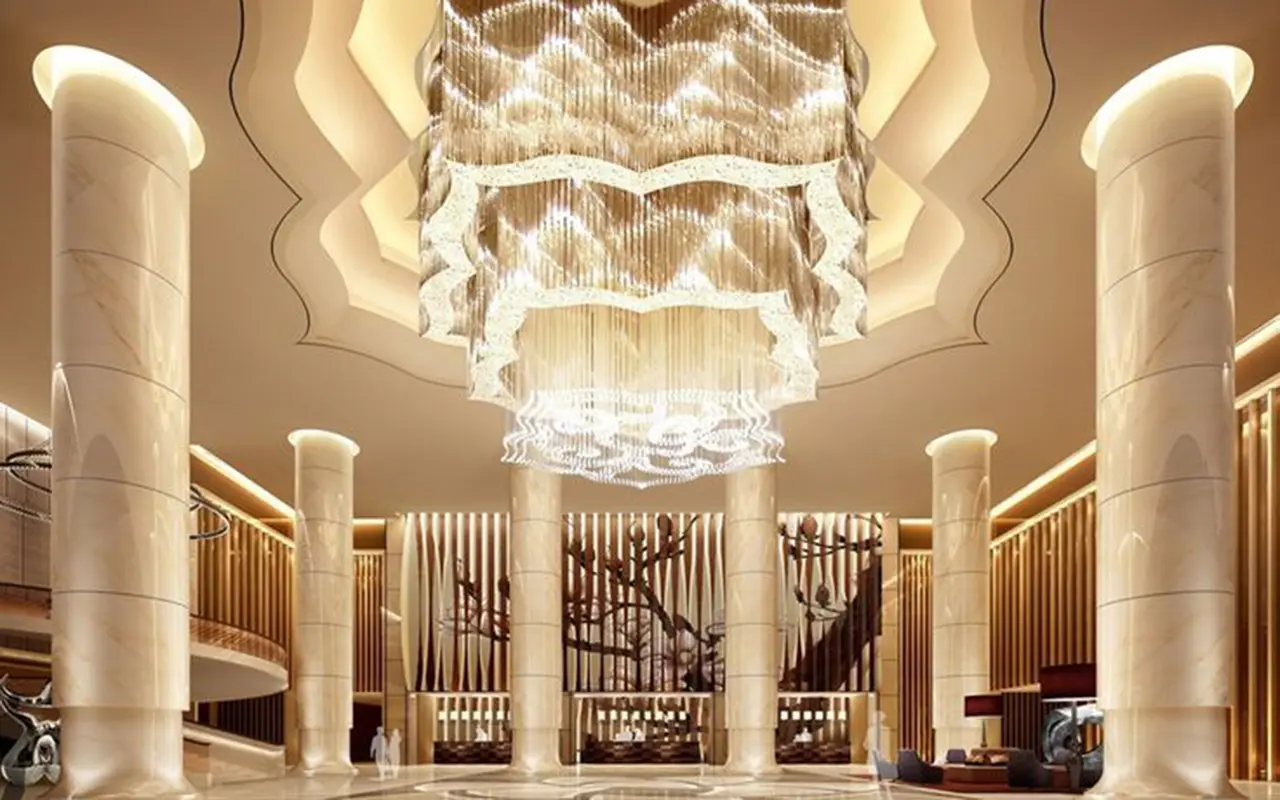


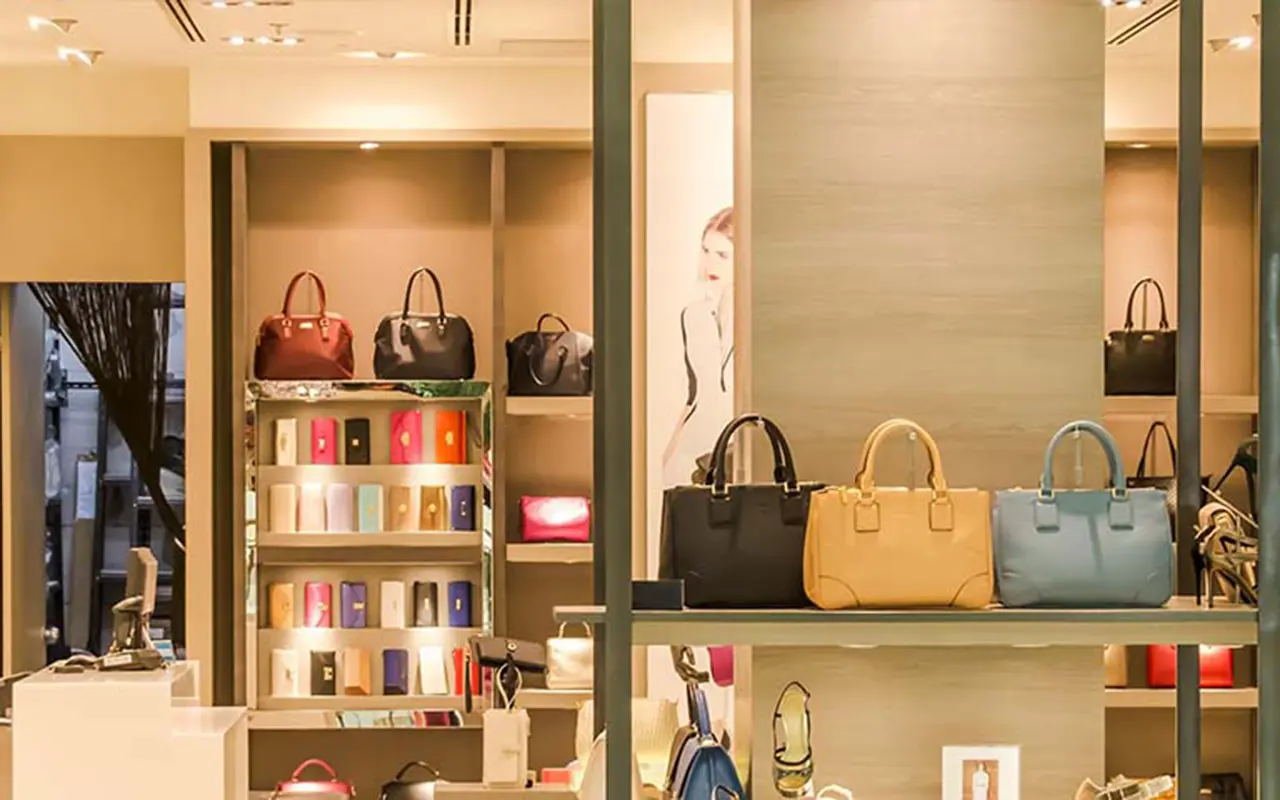

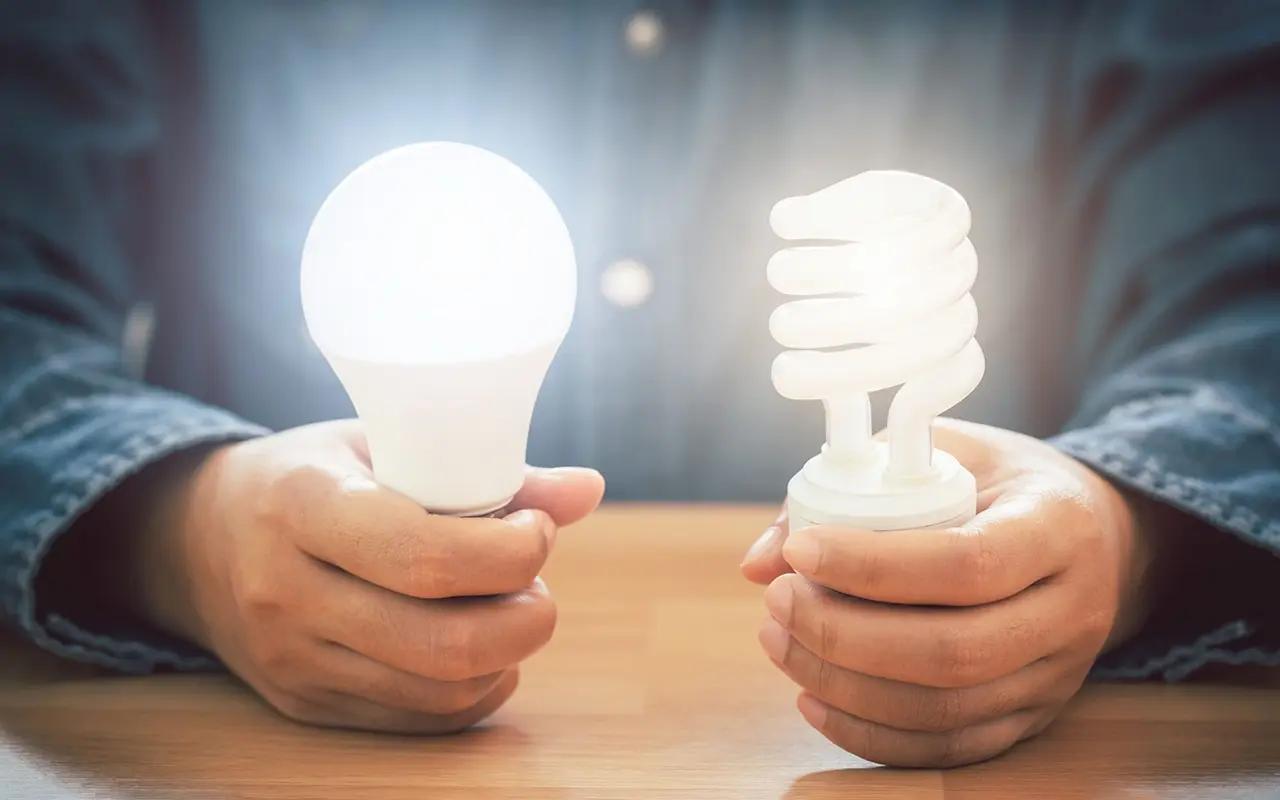
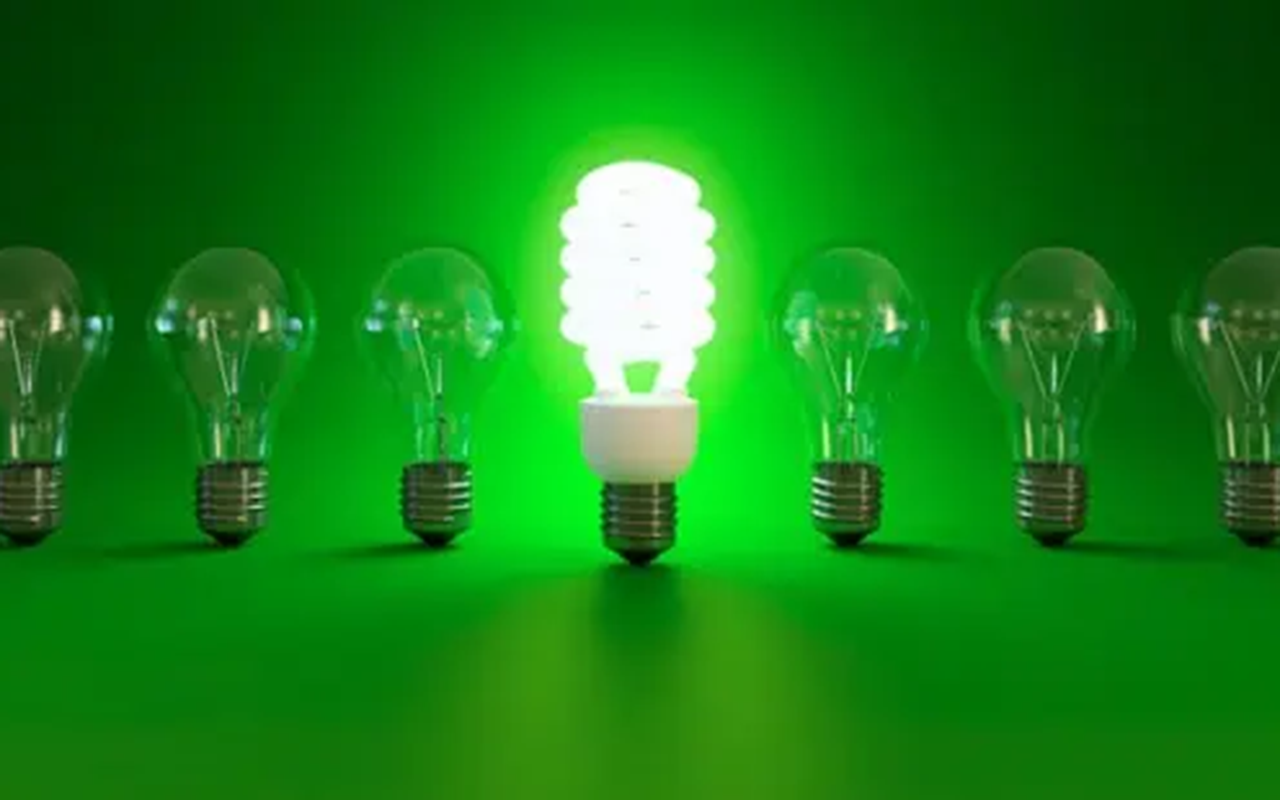

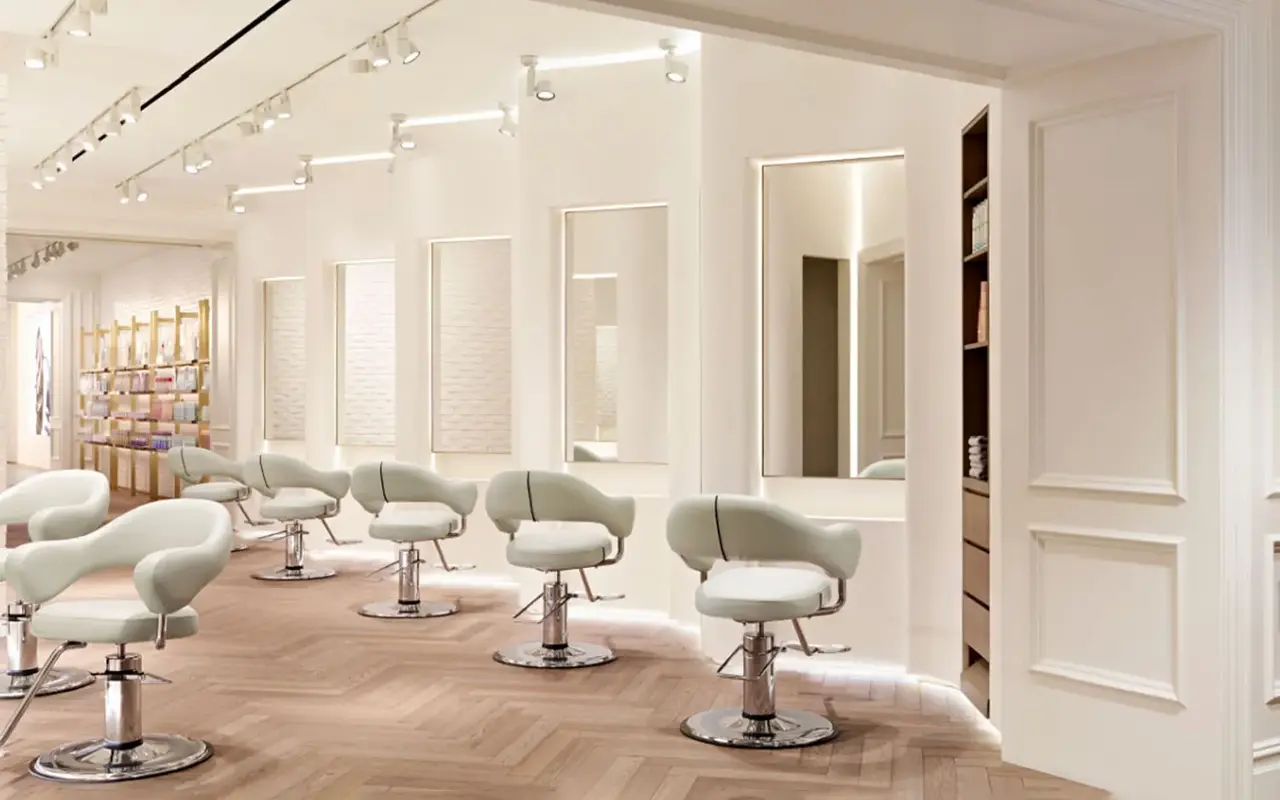

댓글을 남겨주세요
토론에 참여하고 싶으신가요?자유롭게 기여해 주세요!